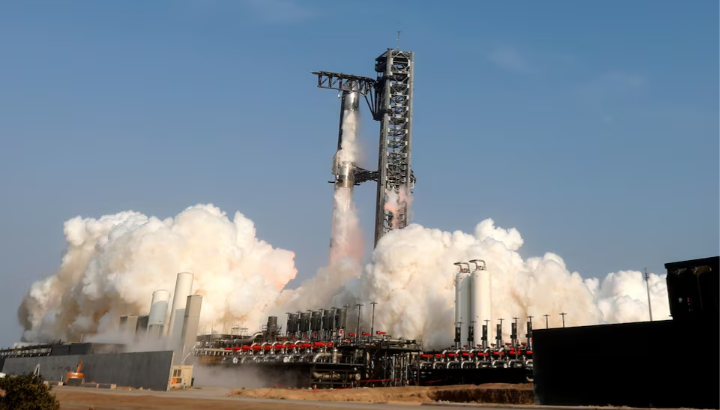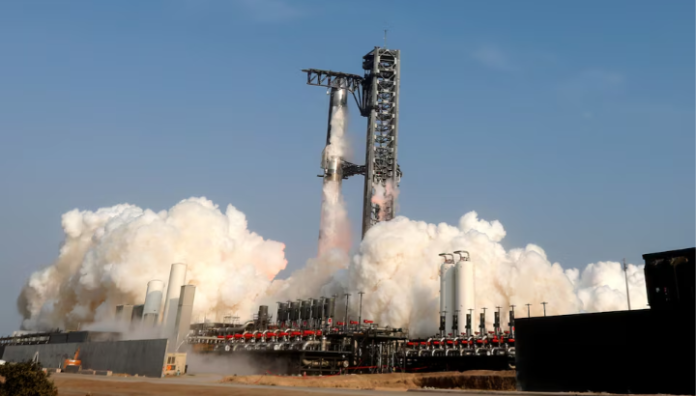On May 27, 2025, SpaceX’s Starship rocket blasted off from its Starbase, Texas, launch site, soaring past the points where previous tests ended in fiery explosions. But the excitement was short-lived.
About 30 minutes into its ninth test flight, the massive 400-foot rocket began spinning uncontrollably, failing to achieve key objectives and raising fresh questions about Elon Musk’s ambitious plan to send humans to Mars.
What went wrong, and what does this mean for the future of space exploration?
This test was a big deal for SpaceX. It marked the first time the company reused a booster rocket, a step toward making Starship a cost-effective, reusable spacecraft. Unlike the catastrophic failures of earlier tests in January and March, which scattered debris across the Caribbean and disrupted airline routes, this launch cleared those early hurdles.
The upper-stage Starship reached suborbital space, but trouble struck when a fuel tank leak caused it to spiral out of control. A planned deployment of eight mock Starlink satellites also failed due to a malfunction in the rocket’s “Pez” dispenser-like mechanism.
Meanwhile, the booster, meant for a controlled splashdown, was lost at sea after SpaceX lost contact during its descent.
Elon Musk, who had planned a post-flight speech on “The Road to Making Life Multiplanetary,” was notably absent, leaving fans and analysts waiting for answers. In a post on X, Musk highlighted a successful in-space engine shutdown but acknowledged the fuel leak that derailed the mission.
“Lot of good data to review,” he wrote, promising faster launches every three to four weeks moving forward. Despite the setback, SpaceX’s risk-tolerant engineering culture thrives on pushing boundaries, learning from failures, and iterating quickly.
Starship is central to Musk’s vision of colonizing Mars and revolutionizing space travel. Designed to carry massive satellite payloads, return humans to the moon by 2027 for NASA, and eventually ferry astronauts to the Red Planet, the rocket has undergone significant upgrades this year.
Tuesday’s flight aimed to test new heat shield tiles and steering flaps for re-entry, but the uncontrolled spin and fiery descent over southern Africa highlighted ongoing challenges in SpaceX’s multibillion-dollar program.

The Federal Aviation Administration, which approved the launch after a two-month grounding due to prior mishaps, had expanded debris hazard zones for safety.
While SpaceX avoided another catastrophic explosion, the test’s partial failure underscores the complexity of building a rocket to replace the reliable Falcon 9 and serve as a cornerstone for NASA’s lunar ambitions.
With Musk juggling his role as a key advisor to President Donald Trump, the pressure is on to deliver results. For now, SpaceX will analyze the data and prepare for its next test. Each failure brings the company closer to perfecting Starship, but the road to Mars remains bumpy.
Will Musk’s team overcome these hurdles to make humanity multiplanetary? Stay tuned as this epic journey unfolds.



